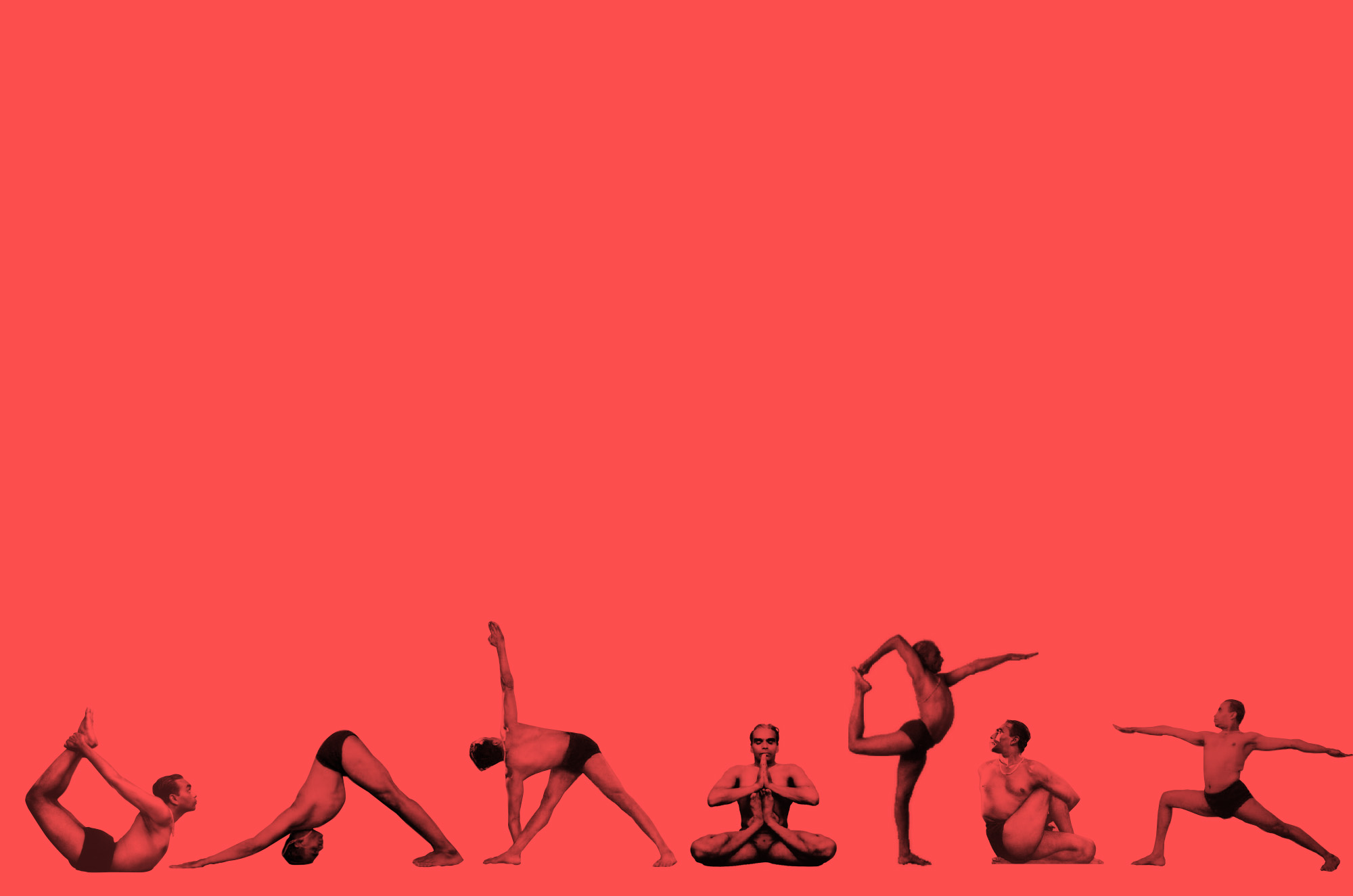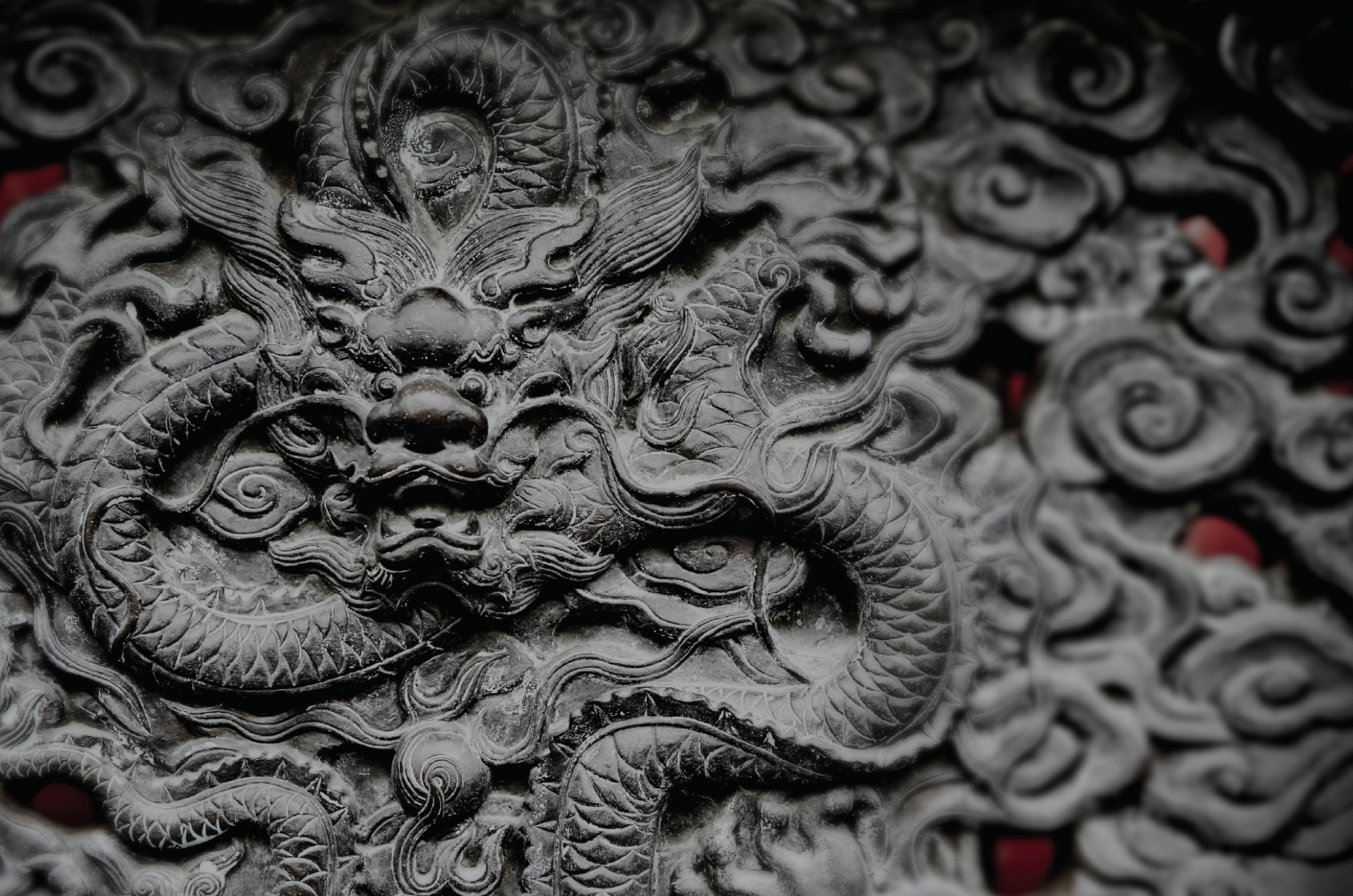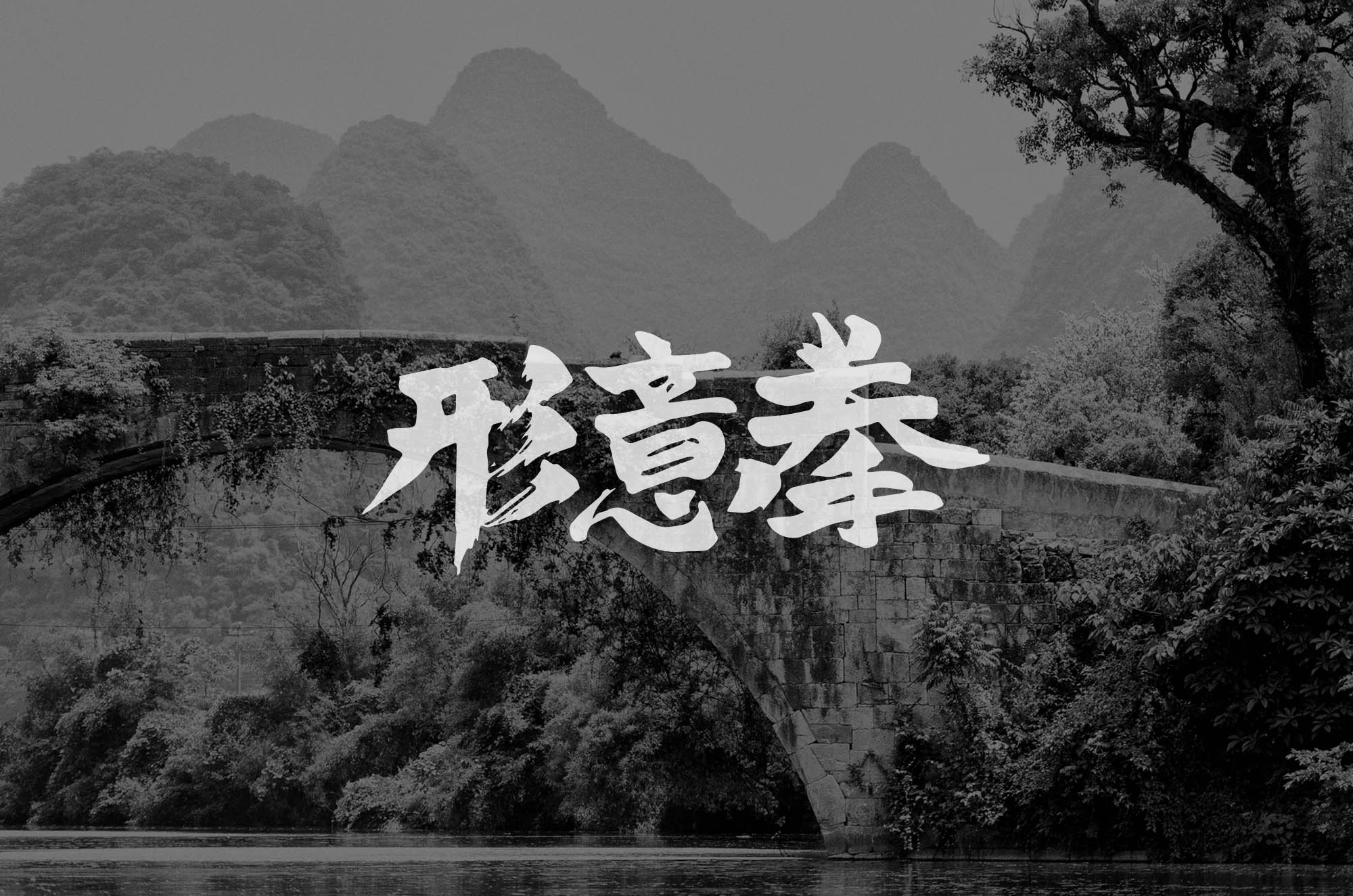ON HATHA YOGA
I’m reminded of B.K.S. Iyengar’s statement that he was impressed that the West had embraced so many different types of yoga: Iyengar Yoga (a term he didn’t coin and never used), Power Yoga (He said that all yoga is power yoga), Ashtanga Yoga (he said that any yoga based in the Patanjalayogasutra is ashtanga yoga), Bikram Yoga, Flow Yoga, even Hatha Yoga vs. Raja/Bhakti/Jñana, so on, so forth. Mr. Iyengar went on to say that back when he was under the tutelage of Tirumalai Krishnamacharya, the great yoga master only called what he taught “Yoga”.
Well, that makes this a very easy essay to write. If you’d like to learn about genuine, non-New Age hatha yoga history, you can’t do much better than Mark Singleton’s very well-researched Yoga Body: The Origins of Modern Posture Practice (Oxford, Oxford University Press, 2010). For a brief but insightful overview of hatha yoga’s philosophical basis (thereby avoiding reading the obtuse and grindingly dull Patanjalayogasutra), I recommend B.K.S. Iyengar’s introduction to Light On Yoga. If you wish to go deeper, though, I suggest reading Mr. Iyengar’s Light On the Yoga Sutra of Patanjali and his numerous explications of the Sutra in his multi-volume set of complete writings, Ashtadala Yogamala.1
So – for yoga history and philosophy – those are my picks. You can find more suggestions in the Resources section of this website. I suppose you can study anatomy and physiology, too, but I never met a great hatha yoga master who devoted much time to that.
But, what about studying, learning and mastering true hatha yoga, especially in this age of trendy exercise hybridization? At this writing, I’ve been studying and practicing yoga for 44 years (and yoga philosophy for five years more than that). Here are my five suggestions:
Things to Always Practice in Yoga
-
Find the best teacher(s) you can possibly find. You may have to spend money and travel (possibly to some place not as exotic as Bali or Costa Rica). Keep looking for ever-better teachers until you find that special one (and they’re getting harder to come by in this Yoga Alliance day and age). Make sure he/she knows asana, pranayama, mudra, bandha, applications of dharana, dhyana and esoteric yoga anatomy. If the whole package isn’t there, you’ve got nothing more than an aerobics teacher. Remember that old saw about “When the student is ready, the teacher appears”? Well, it’s probably true. But, you have to keep digging.
-
Practice what you learn; keep practicing it and don’t stop when you get bored, frustrated, or frightened. The ability to surmount boredom is the sign of a true master. And never think you’ve “got it down” (the sure sign of a mediocrity).
-
At some point in your yoga journey, you’re going to have to learn pranayama (breath control), mudras (internal seals), bandhas (internal grips) and dharana (concentration) in service to dhyana (meditation). There is no substitute for these higher practices and you will not attain anything of lasting value without them.
-
You’re not practicing enough! Practice more! And, quit doing only the stuff you love. Practice the hard, detestable, painful, scary things and make them your own. Your rewards will be ease, acceptance, cessation of pain and courage.
-
Turn off the heat, the music, the smart phone, the T.V. and re-read numbers 1 through 4, above. Then, read the list to the right. Good luck, Śiṣya!
Things to Avoid in Yoga Practice
-
Yoga that does not have its origins in India. Remember, a number of today’s “classical” asanas came into Indian yoga from other traditions – some even from the West. But, steer clear of newly-created pseudo-techniques with origins in the New Age, the California 60s/70s scene or the massive egos of rock star yoga teachers (see below). “Cat-Cow”, “Cowboy Negotiation”, “Fallen Angel”, “Wild Thing” (which, I believe, is a song by The Troggs, covered powerfully by X), “Happy Baby” and loud, growling Ujjayi breaths are to be avoided.
-
Rock star yoga teachers who believe their own publicity and think they’re rock star yoga teachers. Remember, you’re only cool when you don’t know it.
-
Yoga Journal
-
Yoga Alliance
-
Yoga studios that exist only for high net worth individuals and expensive, big margin teacher training programs.
-
Yoga advice from Oprah, Chopra and Oz.
In closing, remember that Gorakshanath, Matsyendranath, Tirumalai Krishnamacharya, Swami Kuvalayananda, B.K.S. Iyengar, Pattabhi Jois, Indra Devi, T.K.V. Desicachar, Martyn Jackson, Tim Miller, Manouso Manos, Patricia Walden, David Swenson, Ramanand Patel, Faeq Biria and hundreds of other brilliant yoga teachers never graduated from expensive Teacher Training Programs. They all made their names without registry in the Yoga Alliance. They loved hatha-vidya, it’s practice, it’s philosophy, it’s lifestyle, its truly wonderful effects and it’s all-encompassing life-enhancing benefits. That’s what I love about yoga.
So should you.
1 Due to my background, I can be accused of an Iyengar-ward slant. However, I can say as someone who studied yoga philosophy academically while getting a couple of degrees in religion and philosophy and as someone who spent an entire year doing nothing but reading the Sutra and every translated commentary on it, that B.K.S. Iyengar was a brilliant auto-didact whose commentaries as a deep practitioner of hatha-vidya held the highest value for me. No other teacher I met, with the possible exception of Geeta Iyengar, had anywhere near his depth. Many of those teachers had no depth at all.






